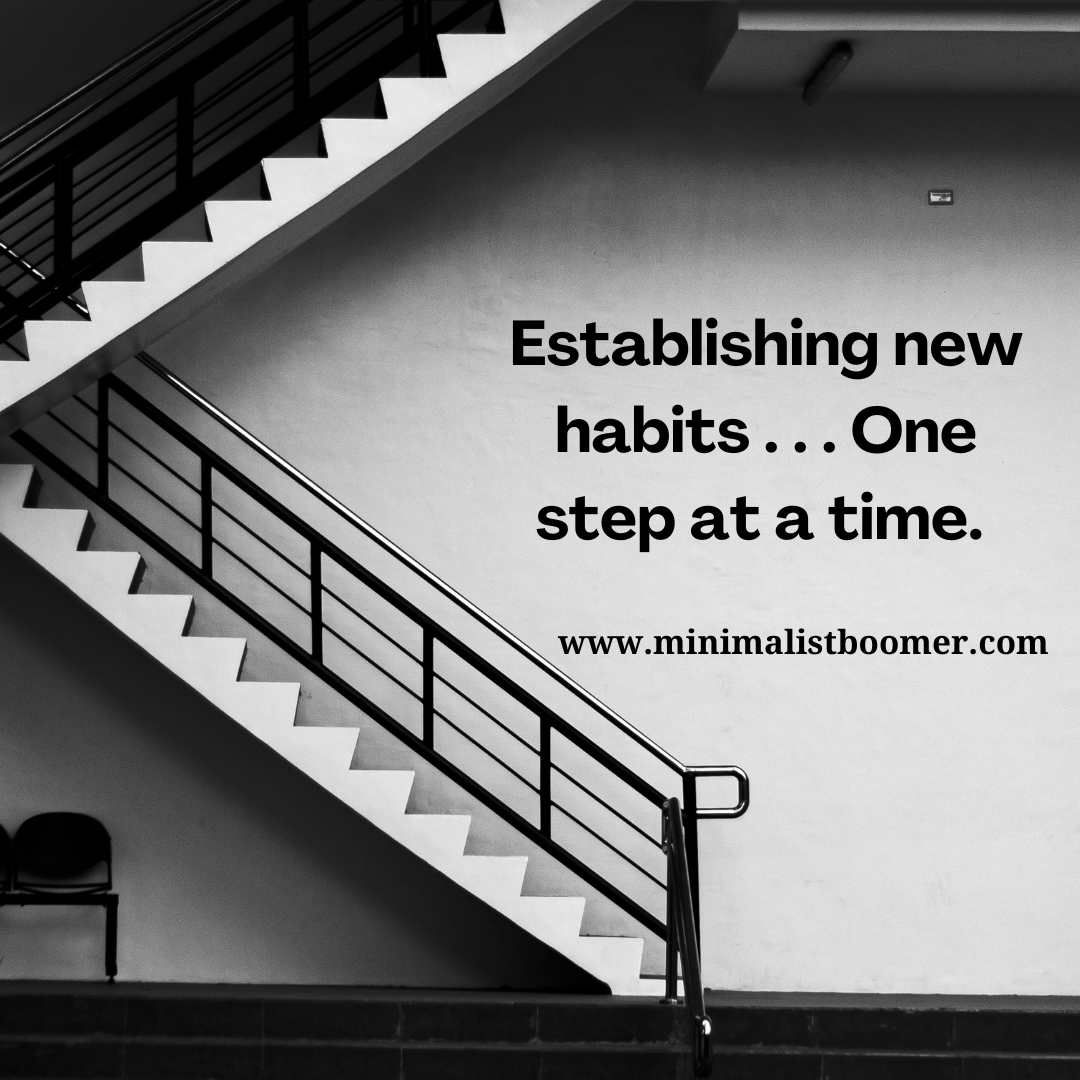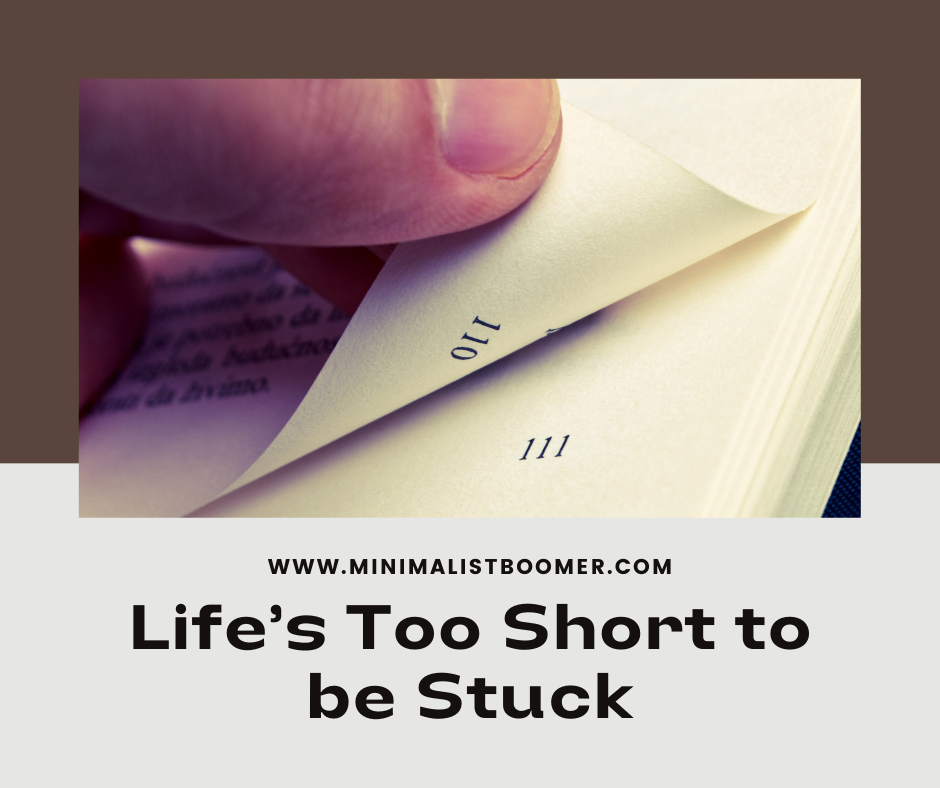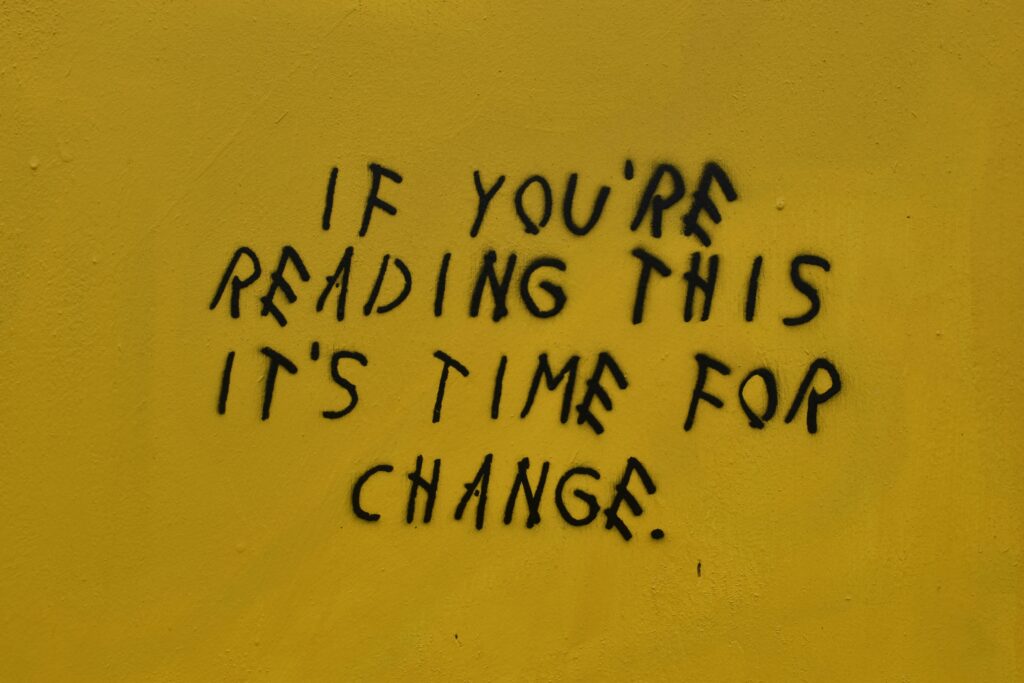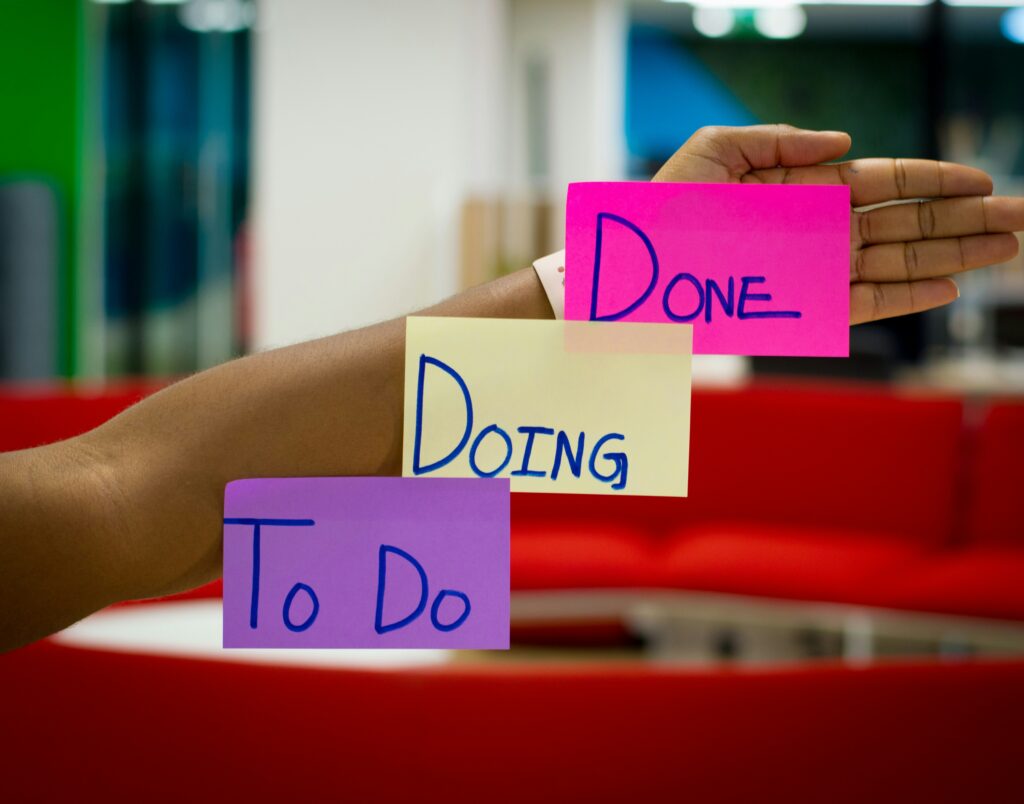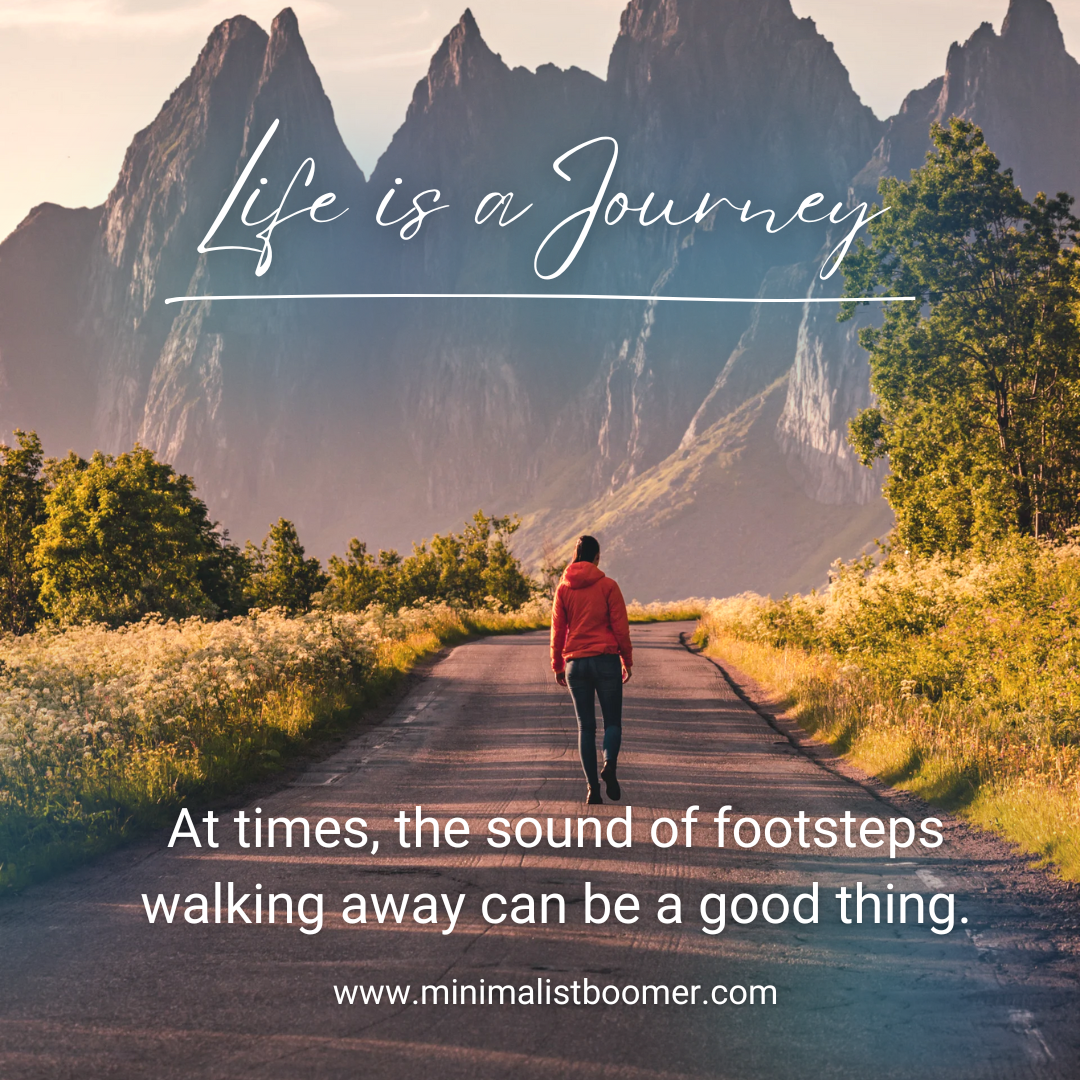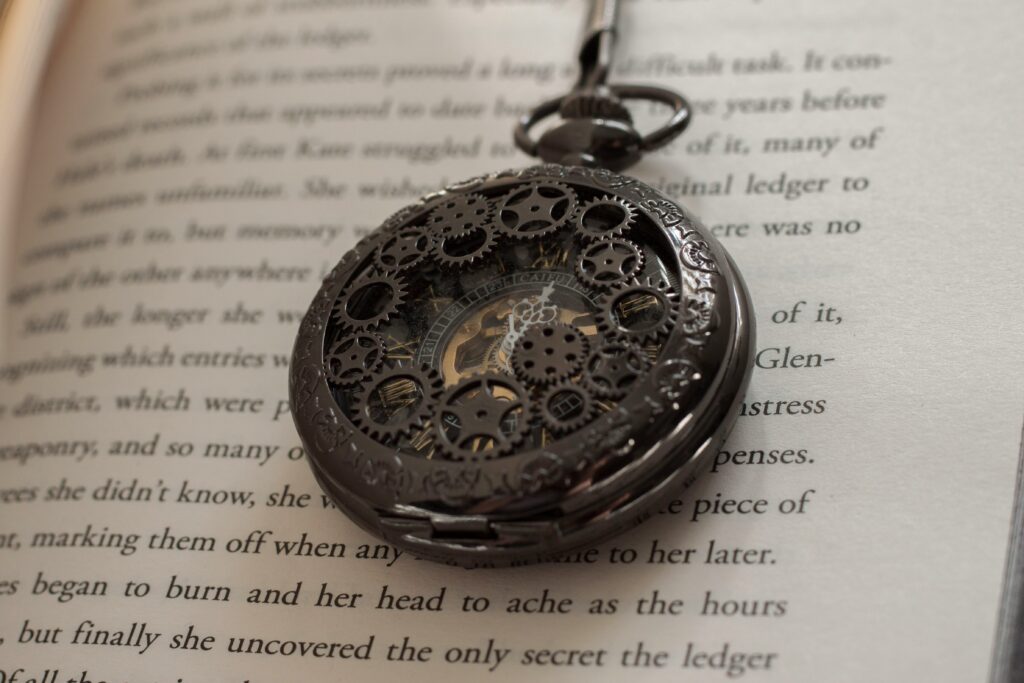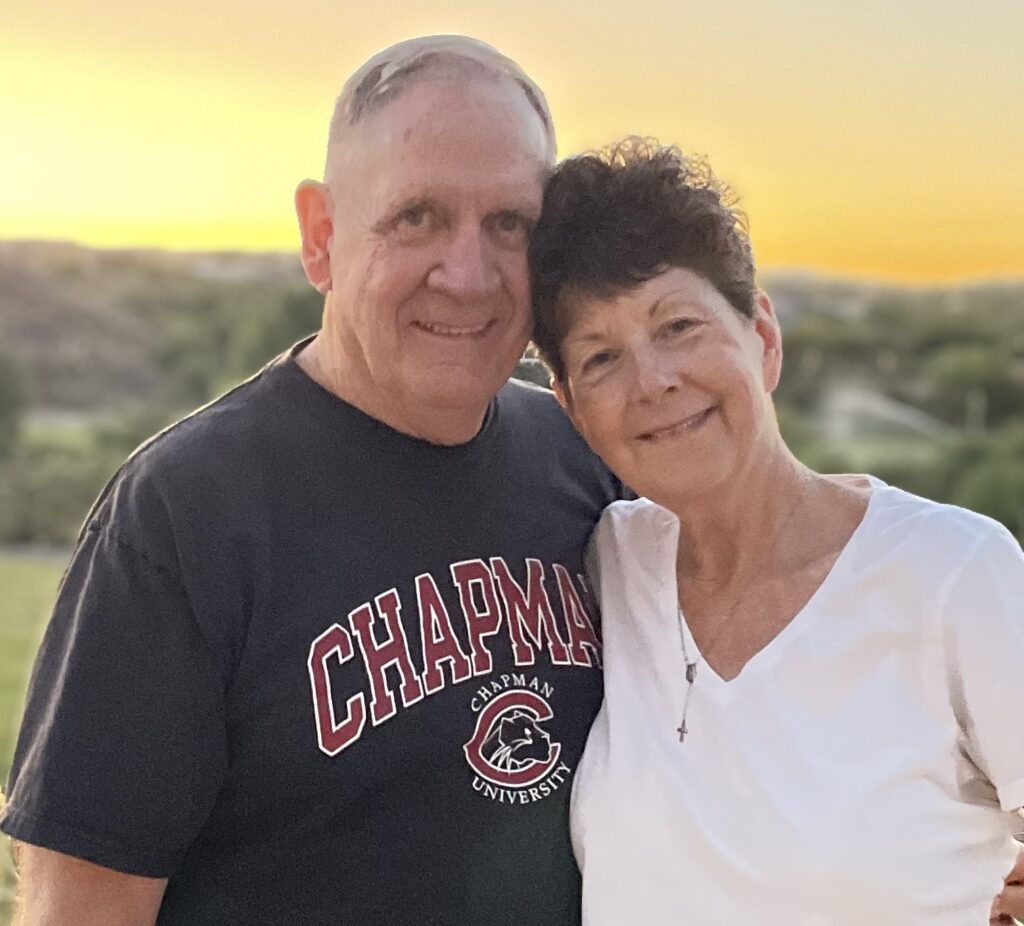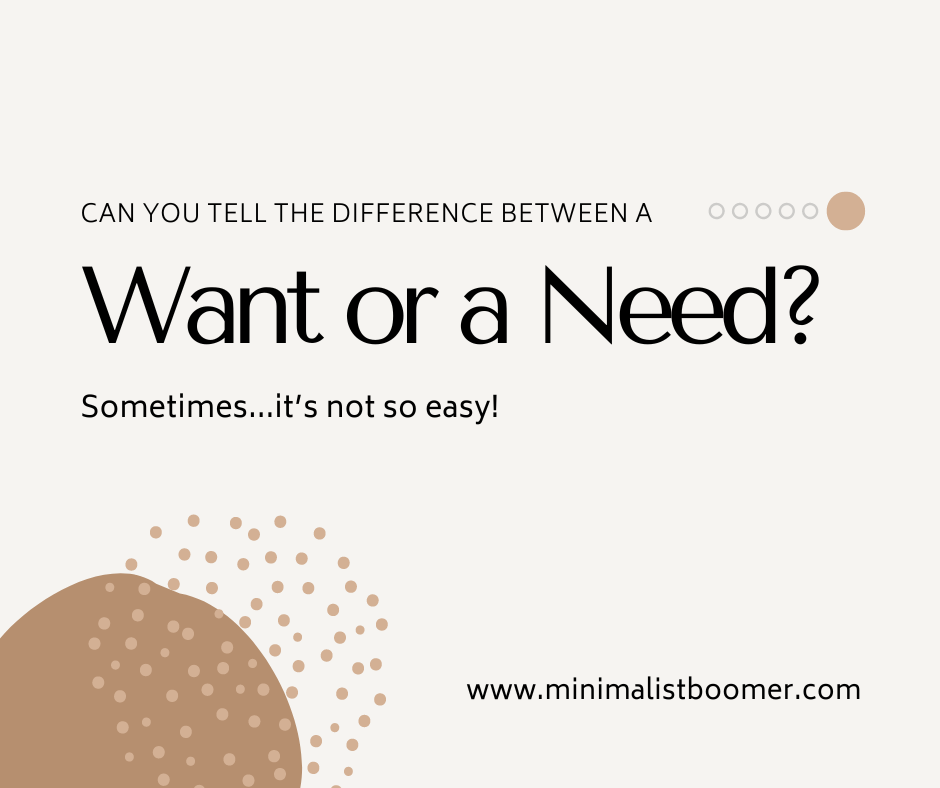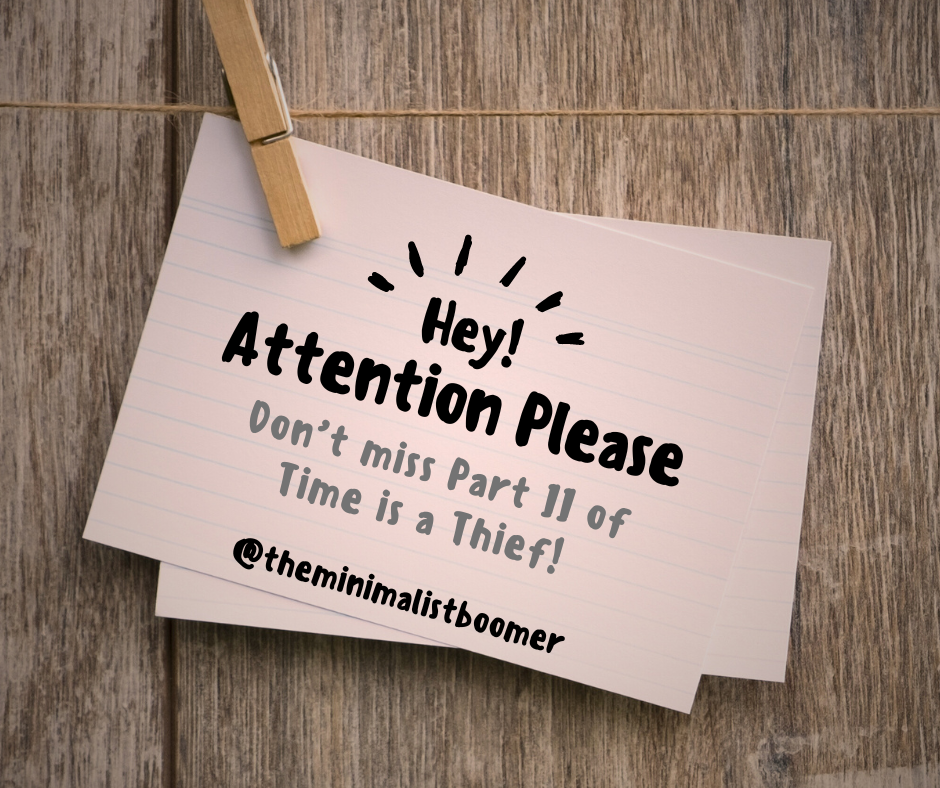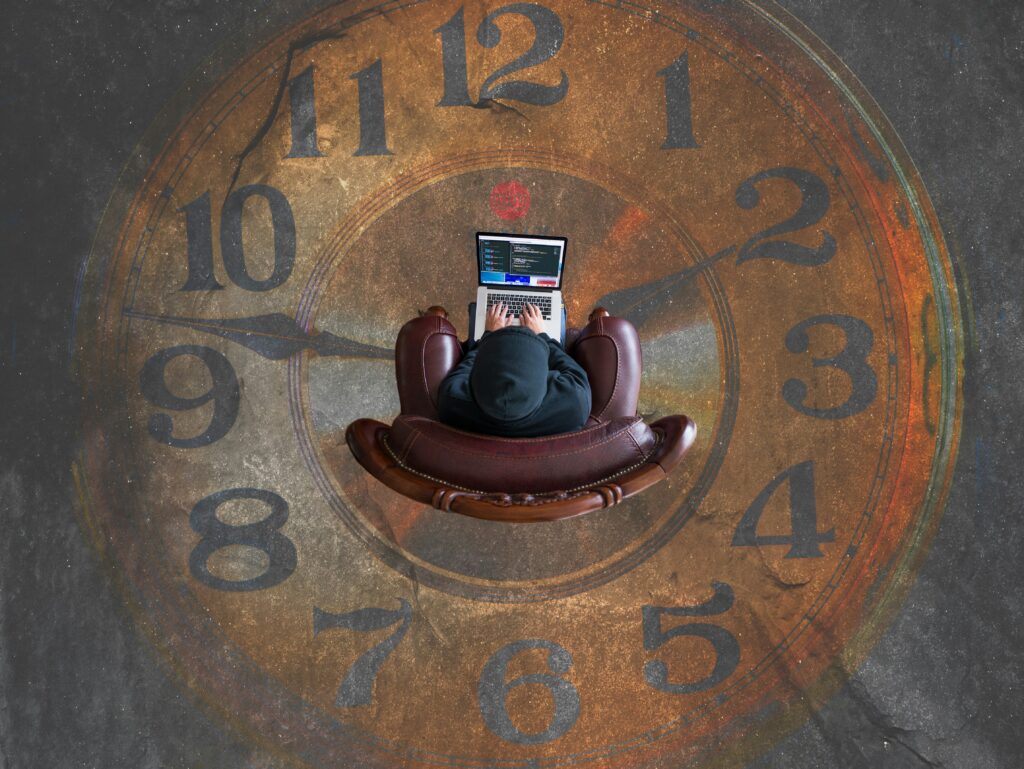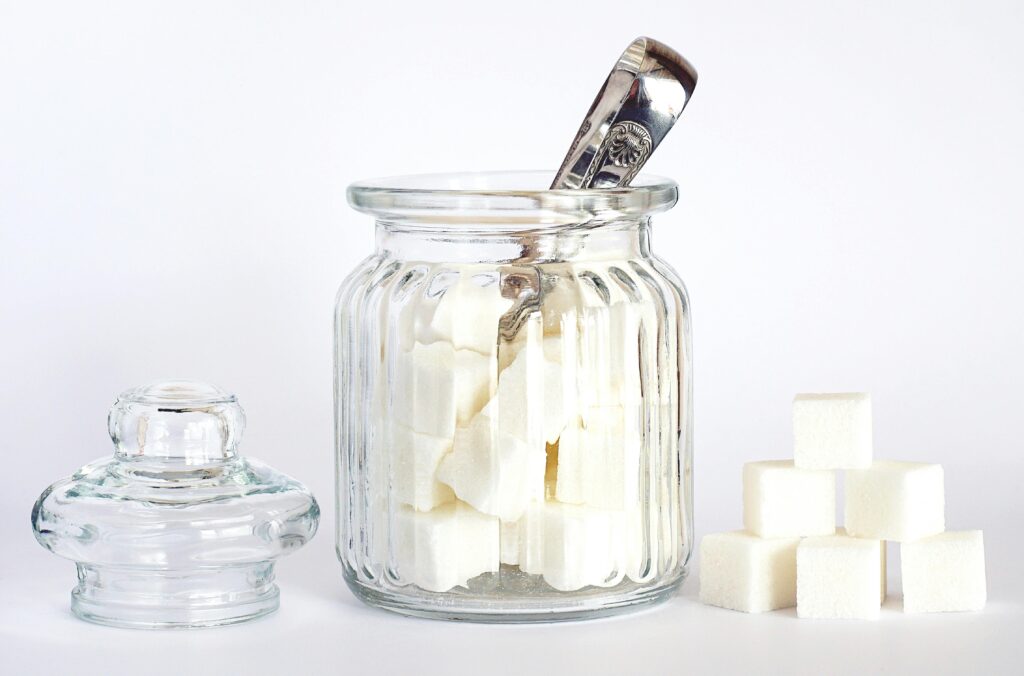Have you ever wondered how much of our day is driven by habits? These seemingly harmless routines, from our morning coffee ritual to the way we react to stress, can shape our lives in profound ways. Yet, the real question is, are we content with letting these habits dictate our actions, or do we strive to be the one in control?
Today we’ll explore the impact that habits have on our lives and consider what it takes to make the changes we need in our daily routines. By refusing to allow habits to rule our lives, we’ll discover how to create positive change and live more intentionally.
Understanding the Power of Habits
This year, Dave and I decided to give up refined sugar and white flour for Lent. Honestly, I didn’t believe we could really do it. Yet, it was only for a short period of time, so I was willing to make this “sacrifice.” On Ash Wednesday, February 14, 2024, we began. It was a bit of a learning curve for me because I had to figure out new ways to cook, shop, and plan for this “short-term” journey.
We cleaned out our refrigerator, freezer, and pantry, removing all temptations, tossing anything opened and donating the rest to the local food pantry, and we began down a road to healthier eating. I knew that cane sugar was in just about every processed food known to man, but I was still shocked to realize how slim our options were becoming. You pretty much need to make everything you plan to eat from scratch. So, that’s what we did.
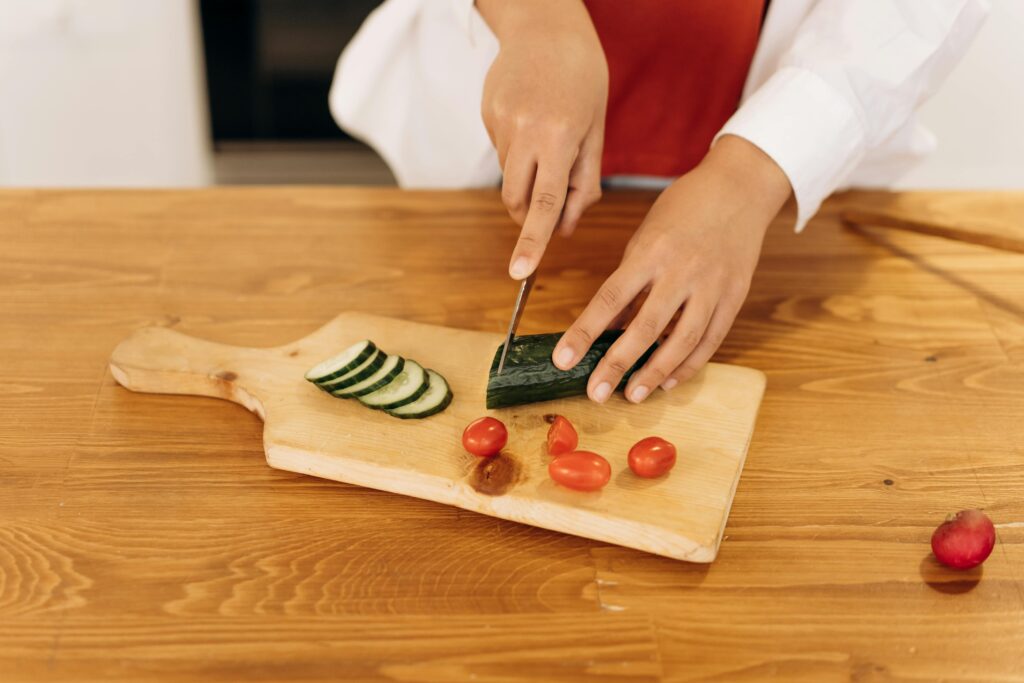
This journey was not easy. It took at least a week to ten days to get the sugar out of our systems and just as long to get over the cravings for food made with refined white flour, but we did it. I’ve learned a whole new way of cooking and at the end of the Lenten season, we decided to continue with this eating plan because we really “felt” a difference.
Now that we are in a good routine, we’ve decided to give up dairy products as well. We realized that each time we ate dairy products, we didn’t feel good. I have always enjoyed eating cheese and I never thought about giving it up, but I’ll be the first to admit, I sure feel better without it in my system. I miss it at times and there is no substitute for real cheese, but at this stage of life, it’s more important to feel healthy.
So, just like that, fifteen weeks into this new lifestyle and we are creating new daily habits and feeling great. Never underestimate the power of habits. Habits play a significant role in shaping our daily routines and decision-making processes. Understanding the power of habits allows us to see our behavior patterns and empowers us to make positive changes in our lives.

You May be in a Habit Loop
The habit loop consists of three key components: cue, routine, and reward. The cue acts as a trigger that signals the brain to initiate a particular behavior or routine. This is followed by the routine, which is the behavior itself, whether it’s a physical action or a mental process. Finally, the reward is the positive reinforcement that follows the routine, satisfying a craving and reinforcing the habit loop. By understanding these components, we gain insight into how habits form and persist in our daily lives.
Recognizing Harmful Habits
Habits play a significant role in shaping our lives, and recognizing harmful habits is the first step toward personal growth and success. Let’s examine two common negative habits that can hinder our progress and impact our well-being.
Procrastination and Time Management
Procrastination, the art of delaying tasks, and poor time management are detrimental habits that can become deeply ingrained, limiting our achievements. The appeal of procrastination often comes from a desire to avoid discomfort or a fear of failure. This habit puts a roadblock on our path to success. By continuously postponing important tasks, we miss out on valuable opportunities for growth and development. Improving time management skills can help break the cycle of procrastination and pave the way for a more productive life.
Negative Self-Talk and Self-Limiting Beliefs
The stories we tell ourselves shape our reality, and if those tales are filled with self-doubt and negativity, they can hold us back from reaching our full potential. Recognizing and challenging these destructive thoughts is crucial for personal growth. By replacing self-limiting beliefs with empowering affirmations, we can break free from the negativity and unlock our true capabilities.

Establishing new, healthy habits is important for personal growth. Start small and gradually build new routines that align with your goals. These positive changes will create a domino effect, improving various aspects of your life. Stay committed and watch how these habits can transform your life.

